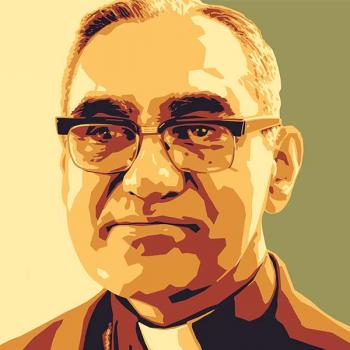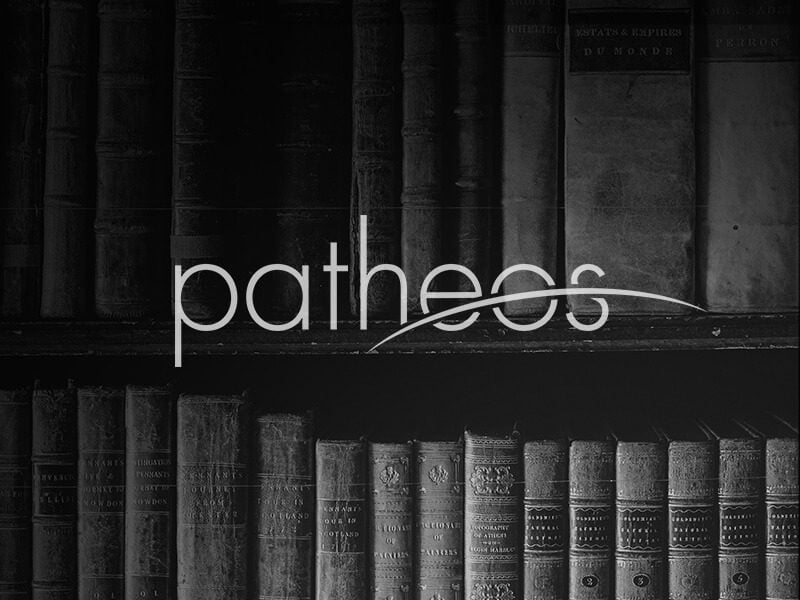A Turn of Events
The month of January saw little progress for the work of the Fathers. The schemata on faith and discipline had been so dissected that the deputations were forced to not only revise it, but completely rewrite it in light of the hundreds of amendments proposed by the Fathers. It had become clear that some sort of revision to the rules of procedure was needed to maintain a certain level of efficiency. Butler writes, “The general dissatisfaction found expression in a number of representations addressed to the Presidents and to the Holy Father himself.”[1] Senestréy took the initiative to craft a lengthy statement suggesting a time restriction to each speaker at the General Congregations so that the Council could be more productive and businesslike. Petitions of agreement flooded in to the Congregatio de postulatis, which in turn formulated proposals to the Presidents for possible reforms of procedures. The Presidents announced on February 22, 1870 that, by the order of the Pope, the procedure as outlined by Multiplices inter would be modified. Speakers would have a time limit and any debate could be ended by a vote to closure.
Many of the Minority bishops were outraged at what they perceived to be a imposition on the freedom of each bishop’s right to represent himself. The month before, twenty-five bishops from Germany, Austria, and Hungary along with Kenrick, had addressed a respectful criticism to Pius over Multiplices inter‘s endowing the Pope with the sole prerogative to introduce issues. It now appeared to them that they were being systematically stripped of their rights as bishops. Ninety Minority bishops protested the modifications, but to no avail. The irony behind their agitation is the that one of their own, Hefele, was responsible for designing the procedure.
While the controversy grew over the procedural matters, petitions were pouring in to the Pope, requesting that the doctrine of papal infallibility be added to the Council agenda. A number of counter-petitions were also laid at his feet. Pius again refused to address the issue before the Congregatio de postulatis had reviewed the requests first. The congregation met on February 9 to deliberate over the matter and to make a recommendation to the Pope. Jussef, the Greek-Melkite Patriarch of Antioch, confessed his belief in the doctrine, but admitted that his experience with Greek Orthodoxy convinced him that the doctrine would create obstacles to ecumenism. Bonnechose hoped that if the definition was argued by the Fathers and passed, it ought to be couched in terms that would secure the most votes in favor. In the end, of the twenty-six members, only one voted in the negative to suggesting the definition be brought to the Council floor.[2]
Pius did not confirm the congregation’s decision until March 1, so the actual announcement that the definition was coming before the Council was not made until March 6. However, throughout February, there was a gradual increase in tensions over infallibility. Dupanloup had employed at least six secretaries who were dealing out pamphlets and letters at an alarming rate. They were circulated in Rome, Paris and Munich, increasing the anxiety of both insiders and outsiders. A pamphlet war exploded from the ranks of the Minority through March and April, most notably from Rauscher, Schwarzenberg, Ketteler, and Kenrick. Hefele employed his astute knowledge of history in a powerful tract on the condemnation of Pope Honorius I by the Third Council of Constantinople. He asserted that the case of Honorius was the most telling fact against the validity of papal infallibility, but Ullathorne wrote that he did not think it “fairly grasps the breadth of the question.”[3]
Dupanloup’s pamphlets were strewn with his concerns that the definition of the doctrine would produce insurmountable obstacles to a Protestant and Orthodox return to communion with the Church. However, he overstepped his competence by claiming that severe rifts in the evangelization of foreign missions would arise. Msgr. Bonjean, the Vicar Apostolic of Ceylon, refuted Dupanloup’s claim through his experience with mission work. Others from India, China, and Japan agreed with Bonjean, and claimed that Eastern religions would embrace a centralized authority as second nature. Thus, Dupanloup, and consequently the entire Minority, lost significant credibility and bolstered the infallibilist cause.
A rumor arose among the Minority that the infallibilists were planning to proclaim the doctrine of papal infallibility by acclamation at the March 19 General Congregation. Kenrick, Archbishop Purcell of Cincinnati, Bishop Firzgerald of Little Rock, and Bishop Moriarty of Kerry put in a protest to the Council Presidents. The Presidents, no doubt wearied by the constant polemics from the Minority, replied “No one thinks such a thing but madmen.”[4] Even Manning thought the notion of acclamation was absurd; he wanted a definition and a debate. Despite the reassurance from the Presidents, the fear remained and jaded the most radical of the Minority.
The Pope Acts
By April 1, the Pope had broken his silence on the doctrine of papal infallibility. While he never spoke at or even attended the General Congregations, Ullathorne reveals that he took up every opportunity during audiences with bishops to express his favor for the promulgation of the doctrine. Such papal intervention did little to preserve the full freedom of the Council, and many members of the Minority were up in arms. Pius forbade any booklets or pamphlets to be published in Rome that were against the definition, but permitted the publication of any work that promoted it.[5] Among those censored under Pius were Rauscher, who could not publish his De subjecto infallibilitatis, and Ketteler, whose Swiss-published booklet was confiscated by papal watchdogs.
But, aside from his obstinate desire for the definition, Pius had stronger convictions that he felt demanded his intervention. He realized that the infallibility disputes were having unhealthy effects on the harmony of the Council, and that the attention was less upon the matters discussed at the Council and more on “the question.” As scheduled, the Council would deliberate on the schemata prepared on the nature of the Church with the pieces on the papacy last. On April 20, realizing that the matter demanded immediate attention to restore peace to the Council, Pius decided to intervene in the proceedings and take the question of the primacy and infallibility of the papacy out of the proper order and have it immediately debated. The announcement of the Pope’s decision came on April 29, and there followed letters of thanks and, not surprisingly, a protest from seventy Minority bishops.
Dupanloup wrote to Pius on April 23, passionately begging the Pope to delay the question in order to spare the Church from grave evils. On May 2, Pius, in his customary paternity, replied: “Your name is no less pleasing to us now than in the past, nor do we love you less…but it is not right to strive by all means to bring all over to one’s way of thinking; especially as we know that the Council is under the guidance of the Holy Ghost, and that nothing can be defined that is not true and revealed, or that is not for the good of the Church.”[6] On April 29, Moriarty wrote to Newman, informing him that “400” bishops pressed the Pope to bring out the question on infallibility, and that Haynald, Ketteler, Kenrick, Purcell and others were seeking a hearing with Pius to persuade him to delay the question until the following year. But in sober faith and fashion, Moriarty wrote: “If it is the secret counsel of God that the infallibility should be defined, there must be not only truth in the definition, but also some great need of it we do not foresee. But seeing only, and not foreseeing, some of us are resolved to oppose to the last hour—to the final ‘placet’ of the Pope.”[7]
——
[1] Butler, 244.
[2] Ibid., vol. 2, 27.
[3] Letter of April 19, 1869, quoted in Butler, vol. 2, 35.
[4] Quoted in Ibid., vol 2, 33.
[5] Bermejo, 130.
[6] Letter of May 2, 1870 to Dupanloup, quoted in Butler, vol. 2., 42.
[7] Letter of April 28, 1870 to John Henry Newman, quoted in Ibid., 40.












